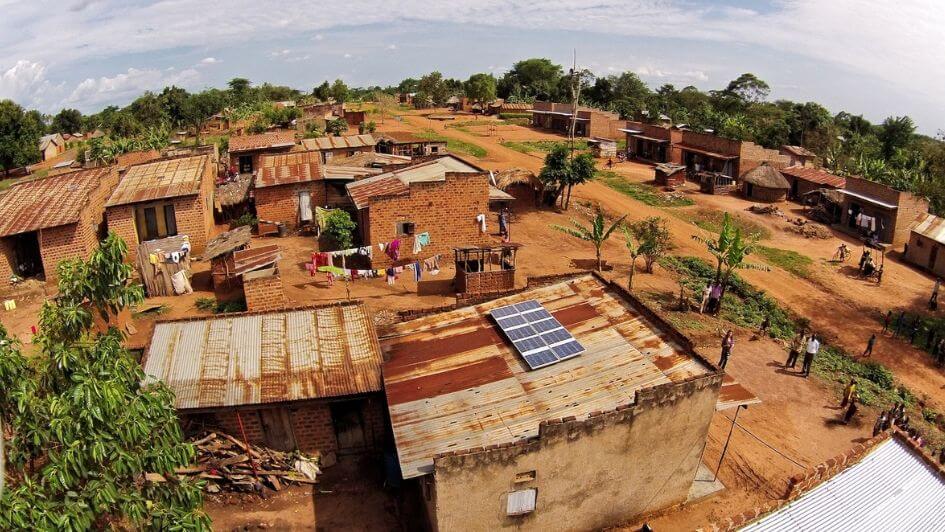Technological innovation has always been the wind in the sails of human progress, pushing societies forward and opening up new realms of possibilities. Its transformative role can be seen vividly in the effort to achieve Sustainable Development Goal 7 (SDG 7), which aims to ensure universal access to affordable, reliable, sustainable, and modern energy. Nevertheless, as we see from the annual Tracking SDG 7: The Energy Progress Report, global advancement towards SDG 7 has been inconsistent, highlighting the gaps between technology's promise and reality. With the forthcoming United Nations High-Level Political Forum set to review SDG 7 progress, we anticipate a sharpened focus on innovations in distributed renewable energy (DRE) and a more profound consensus that this technology holds the key to resetting our course toward achieving this vital goal.
Technology Boosts Access
Over the past decade, we've seen commendable strides in increasing access to electricity, largely owing to advancements in technology. From 2010 to 2021, global access to electricity improved from 84% to 91%, and the number of people living without electricity fell by nearly half, from 1.1 billion to 675 million. Off-grid renewable energy solutions played a significant part in these gains, particularly in reaching remote populations in sub-Saharan Africa. In 2021, approximately 11 million people worldwide were served by renewable mini-grids, while about 101 million people had access to standalone off-grid solar solutions.
Technological progress hasn't been confined to electricity access. The renewable energy sector's employment opportunities burgeoned from 7.3 million in 2012 to 12.7 million in 2021. According to the International Renewable Energy Agency (IRENA), if we follow an ambitious pathway to limit global temperature rise to 1.5°C, we could see as many as 139 million jobs in the renewable energy sector by 2030. Power for All’s research indicates that DRE is a resilient industry constrained by the lack of a skilled workforce. According to the estimates detailed in the Powering Jobs Census 2022, there are over half a million direct DRE jobs globally, with 374,000 direct DRE jobs across Africa, and 80,000 in India.
Market Forces and Investment: A Mismatch
Despite these positive trends, the pace of progress has not matched the urgency of the task. We're currently significantly off track to meet SDG 7’s 2030. If no additional measures are taken, an estimated 660 million people, mostly in sub-Saharan Africa and Developing Asia, will still lack access to electricity by 2030.
Moreover, there's a startling mismatch between the progress made and the investments flowing into the sector. Before the COVID-19 pandemic, international public financial support for clean energy in developing countries had begun to decline, a trend that continued throughout 2021. Funding in 2021 totaled US$10.8 billion, representing an 11 percent decrease from 2020 and a significant 35 percent reduction from the 2010-2019 average. To put a finer point on this trend consider that an estimated US$4.9 billion is urgently required to ensure basic electricity access for 64 percent of healthcare facilities in 63 low- and middle-income countries.
Policy Landscape: A Tale of Two Continents
The effect of policy decisions on the advancement of technology is strikingly evident in the global electricity access landscape. Effective policies can significantly expedite technological implementation, as illustrated by India's Deen Dayal Upadhyaya Gram Jyoti Yojana initiative. This program effectively addressed policy obstacles, successfully bringing electricity to every village across India. The picture isn't rosy everywhere: while 51 developing nations have managed to achieve universal electricity access, a worrying number of 95 countries, primarily in sub-Saharan Africa, continue to grapple with electricity access as of 2021. This stark contrast underscores the pressing need for targeted and strategic policy interventions in these regions.
However, not all is doom and gloom. The situation in Asia offers a ray of hope. Central and Southern Asia, for example, saw a dramatic decrease in people without access to electricity - from 414 million in 2010 to just 24 million in 2021. This success story in Asia highlights the potential of concerted policy efforts and investment in leveraging technology to boost electricity access. In India success was achieved through committed political leadership and continuous goal tracking and metering. In Kenya success is being achieved by enabling innovative private-sector business models, such as pay-as-you-go.
Spotlight
40 percent reduction from peak in 2017 to 2021 in international public financial support for clean energy in developing countries
111 million people were served by decentralized renewable energy solutions in 2021
91 percent of the world's population had access to electricity in 2021.
139 million potential jobs in the overall renewable energy sector by 2030
The Urgency of Now
Sustainable development is not a zero-sum game. Advancements in one area can have a knock-on effect on others. Expanding electricity access, for instance, can have transformative effects on education, healthcare, food resilience, and economic development.
As we continue our journey toward 2030, we must highlight the transformative power of electricity access, particularly through decentralized renewable energy solutions that served 111 million people in 2021. This achievement showcases the transformative power of these technologies, especially in enhancing education, healthcare, and economic development in hard-to-reach rural communities.
However, achieving SDG 7 requires more than technological innovation alone. It demands increased investment, targeted policy interventions, and fostering synergies between centralized and decentralized energy sectors. More than half of those still lacking electricity access in 2021 lived in rural areas, indicating the need for a concerted effort to bridge the gap between urban and rural electrification.
Access to electricity is a fundamental human right. It's time for market forces to align with this reality and for policymakers to ramp up their efforts. With the upcoming United Nations High-Level Political Forum set to focus on this goal, among others, we hope to see some meaningful progress toward fast-tracking DRE as a means to get us back on track to achieving SDG 7.
